5 ways to cut the cable cord
The best options for moving on from traditional TV

1. DirecTV Now (Base rate: $35 for 60 channels)
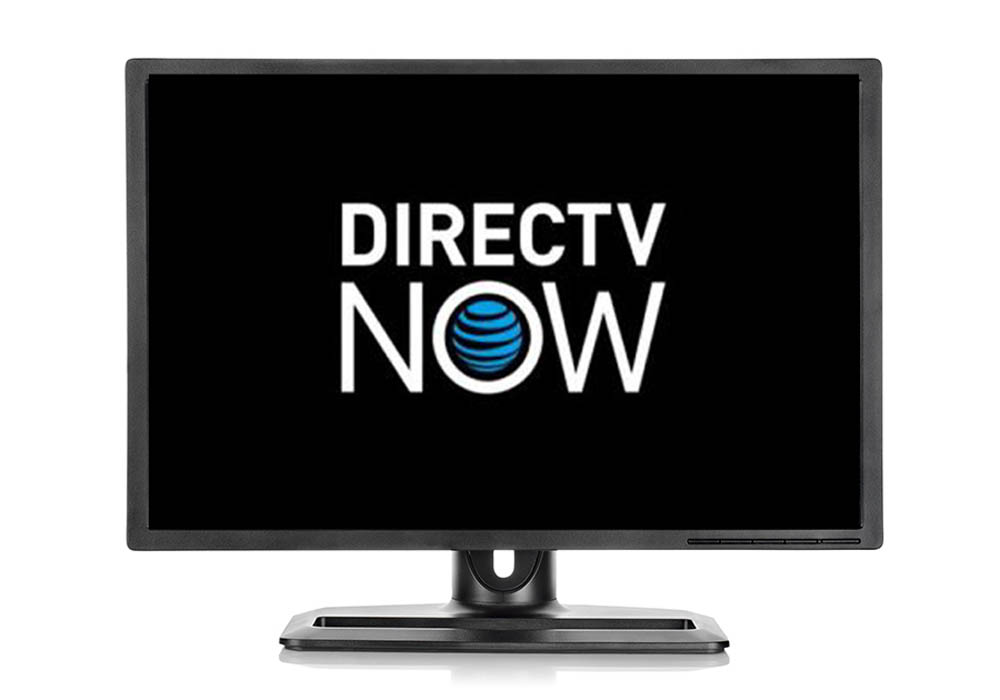
Finally, a true alternative to cable TV is emerging in the form of services that stream live TV through the internet. A little over a month ago, DirectTV Now represented "the closest thing to a cable replacement," with a base package that includes 60 channels and a "super-surfable" interface, says Wired. But the number of rivals keeps increasing, so details matter. With DirectTV Now, you can stream to only two screens simultaneously, and the service isn't yet compatible with Roku or Android TV. But it does deliver most of the channels you'd expect, and if you have an AT&T wireless phone plan, you can stream TV content on the go without it counting against monthly data limits.
Weaknesses: "Spotty" streaming quality, says Gizmodo — and no DVR storage.
The Week
Escape your echo chamber. Get the facts behind the news, plus analysis from multiple perspectives.

Sign up for The Week's Free Newsletters
From our morning news briefing to a weekly Good News Newsletter, get the best of The Week delivered directly to your inbox.
From our morning news briefing to a weekly Good News Newsletter, get the best of The Week delivered directly to your inbox.
2. Hulu Live (Base rate: $40 for 50 channels)
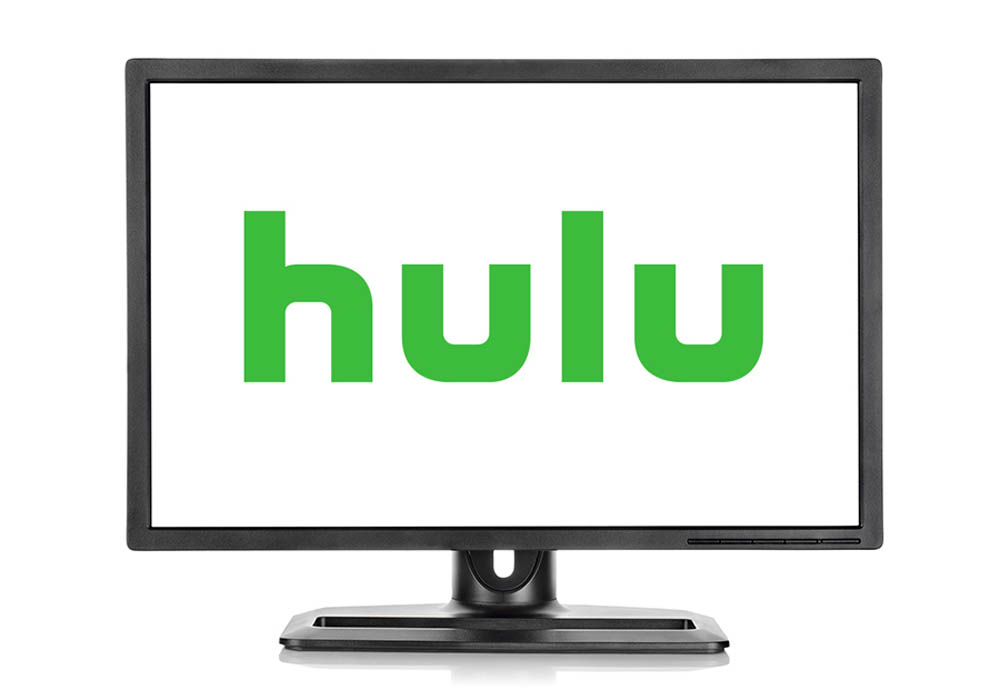
Hulu's weeks-old streaming service is still in its beta stage, but already it "feels a lot like the future of TV," says The Wall Street Journal. It combines Hulu's huge catalog of movies and TV shows with a solid array of live-TV channels, including ESPN and TNT. The base package limits use to two streams at once, but you get unlimited screens for an added $15 a month and streaming quality is excellent. You automatically get 50 hours of DVR storage (expandable to 200 hours), and though Hulu Live is not yet compatible with Roku or Samsung smart TVs, it works with most devices.
Weaknesses: No AMC, no Comedy Central, and outside major cities, not all networks yet.
3. Playstation Vue (Base rate: $40 for 45 channels)
A free daily email with the biggest news stories of the day – and the best features from TheWeek.com
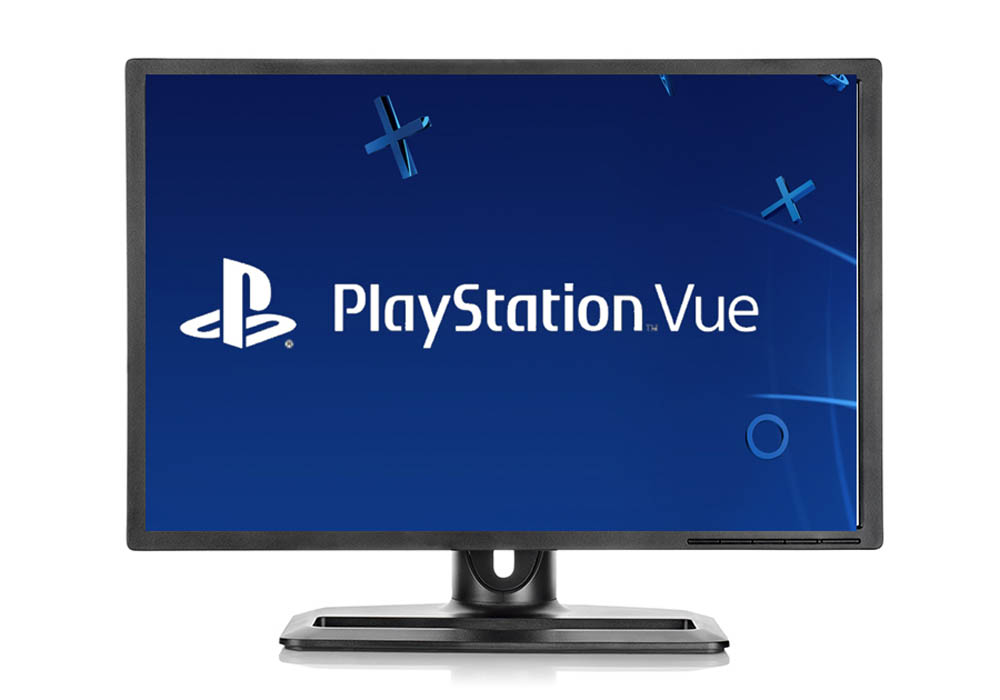
"Ignore the whiff of gaming in the name," says Wired. You don't need Sony's video game console to access this service, which is supported by the same devices as all the others. And Vue is arguably "the most powerful cable substitute out there," offering lots of local channels in major markets, generous cloud storage for DVR, and reliable streaming to up to five screens at once. The streams, says Gizmodo, "rarely bug out or get choppy." You can pause and rewind a live stream, and you can even watch up to three live programs on the same screen — if, say, a few favorite sports teams are playing at the same time.
Weaknesses: No Comedy Central and few local stations outside seven cities.
4. Sling TV (Base rate: $20 for 30 channels)
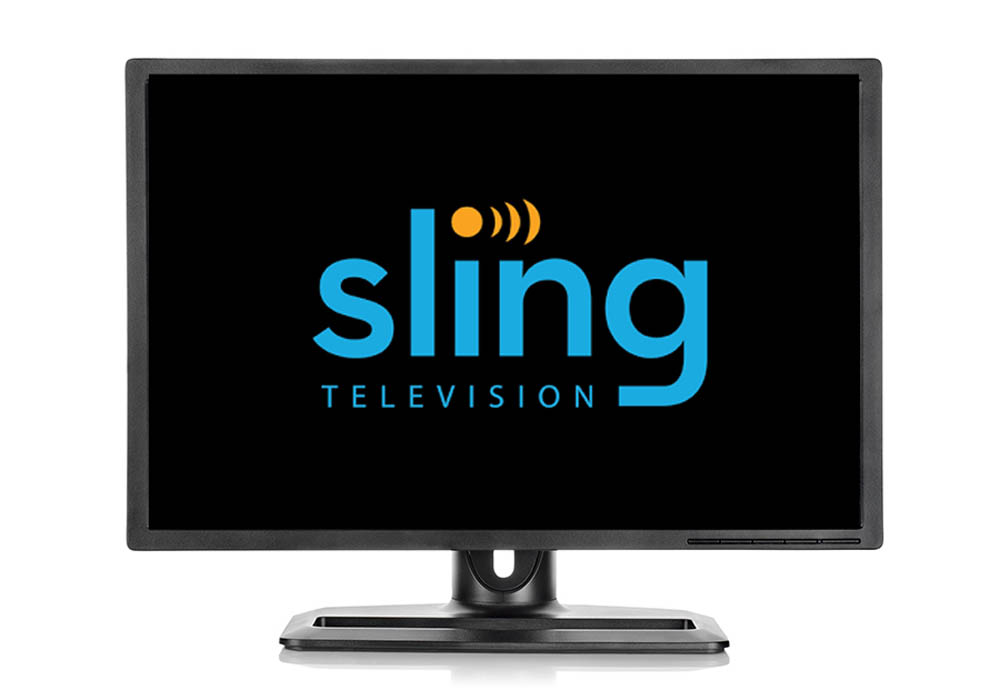
Launched in 2015, Sling was the first live-TV streaming service, and it remains "as close as you will get to à la carte programming," says The New York Times. Ideal for people who care to access only a small number of stations, it offers the slimmest base package of all, and if you want more, it lets you add channels grouped in categories like news, sports, and comedy, for $5 a set. The cheapest option lets you stream to only one device at a time, but you can stream most channels to three for a higher fee. Another $5 buys 50 hours of cloud DVR storage.
Weaknesses: Sling TV doesn't carry CBS, and the streaming can be "excruciatingly spotty" at peak viewing times, says Gizmodo.
5. YouTube TV (Base rate: $35 for 47 channels)
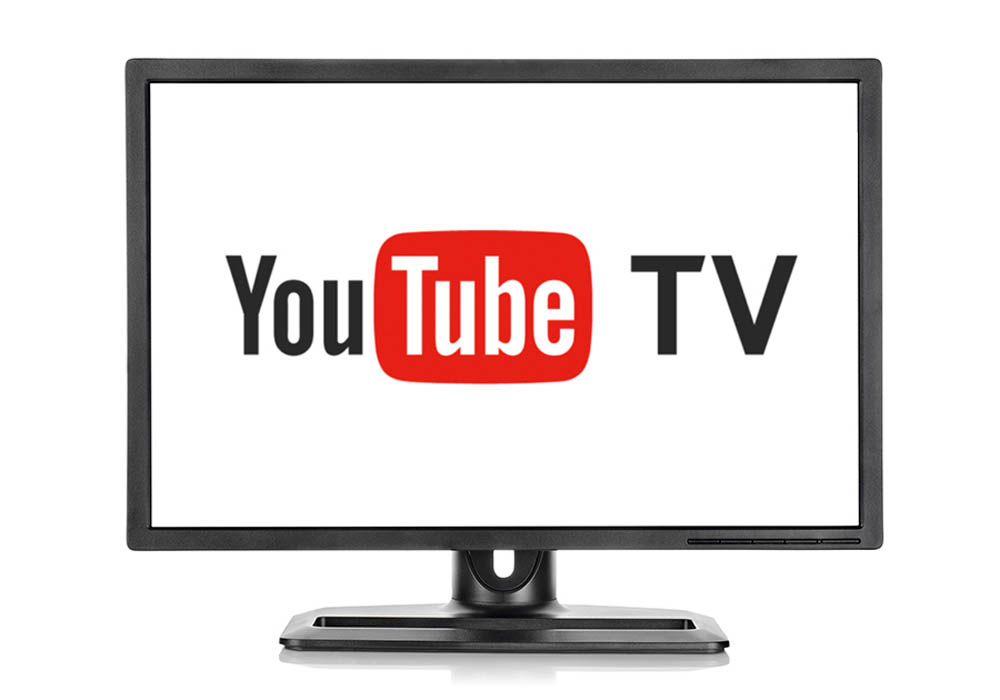
This month-old service isn't yet available everywhere, but it's worth keeping an eye on. Viewers in Chicago, Los Angeles, New York City, Philadelphia, and the San Francisco Bay Area can already enjoy its user-friendly interface and solid selection of channels, including all major networks. The base price includes unlimited cloud DVR storage and unlimited ad-free viewing of YouTube's online videos, a premium service that separately costs $9 a month.
Weaknesses: YouTube TV is available in just five markets and only Google Chromecast (a $35 device) enables streaming to a TV. Neither CNN nor HBO is offered.
But before you make the leap …
Don't expect dramatic cost savings versus cable. To enjoy live streaming TV, you'll still have to pay for internet service, and you'll need broadband — ideally 10 mbps to stream to a single screen, and another 5 mbps for each additional stream. Some of the deluxe channel bundles can push the total cost toward that of cable. If you don't have a smart TV, you may need to invest in hardware too, such as Roku, Apple TV, Chromecast, or Amazon Fire. And you must look closely at how channel offerings vary from service to service. For now, for example, MTV, Comedy Central, and Nickelodeon are available only via DirecTV Now and Sling TV.
Editor's note: Every week The Week's editors survey product reviews and articles in websites, newspapers, and magazines, to find cool and useful new items we think you'll like. We're now making it easier to purchase these selections through affiliate partnerships with certain retailers. The Week may get a share of the revenue from these purchases.
-
 Political cartoons for December 20
Political cartoons for December 20Cartoons Saturday’s political cartoons include drowning rats, the ACA, and more
-
 5 fairly vain cartoons about Vanity Fair’s interviews with Susie Wiles
5 fairly vain cartoons about Vanity Fair’s interviews with Susie WilesCartoon Artists take on demolition derby, alcoholic personality, and more
-
 Joanna Trollope: novelist who had a No. 1 bestseller with The Rector’s Wife
Joanna Trollope: novelist who had a No. 1 bestseller with The Rector’s WifeIn the Spotlight Trollope found fame with intelligent novels about the dramas and dilemmas of modern women